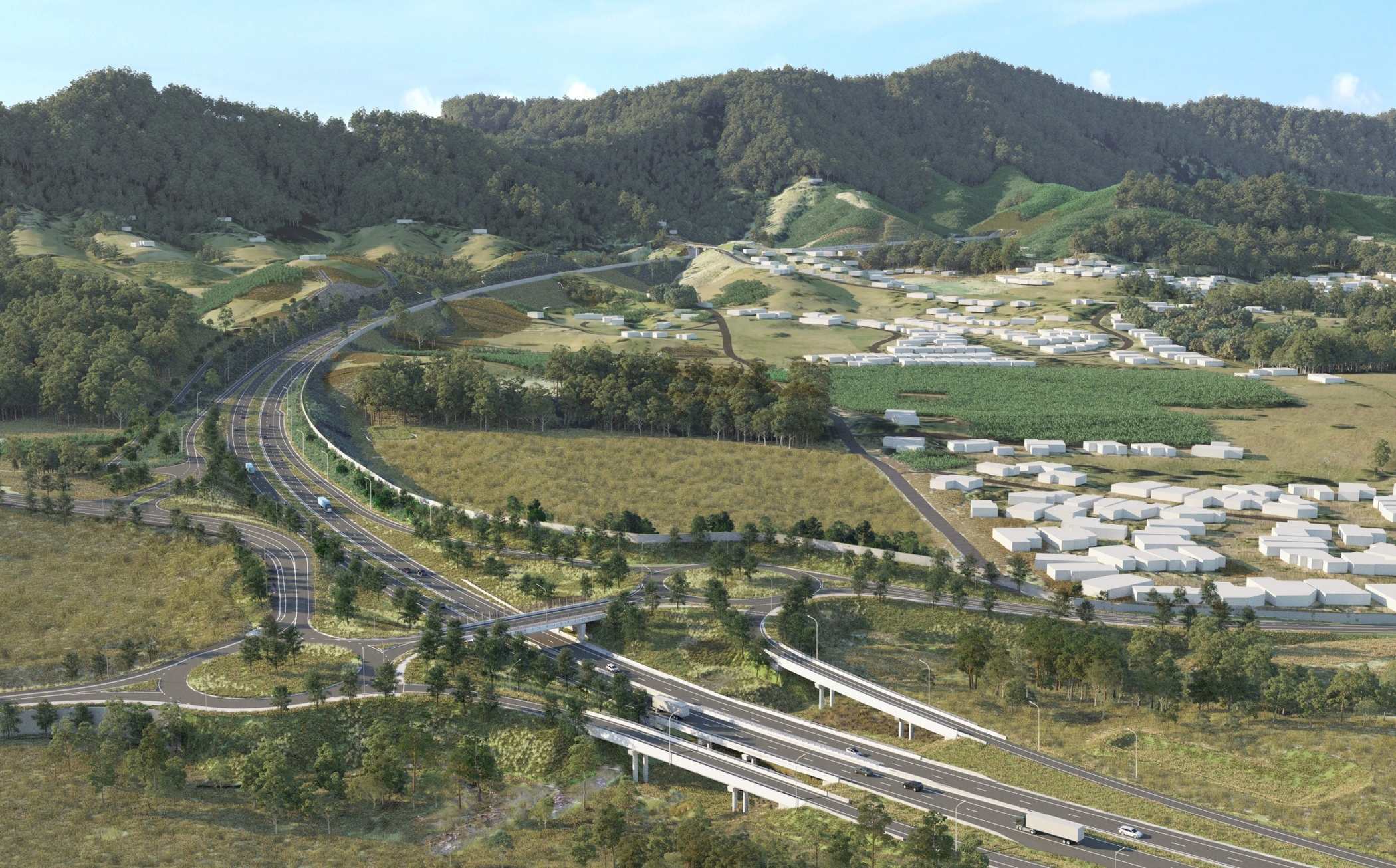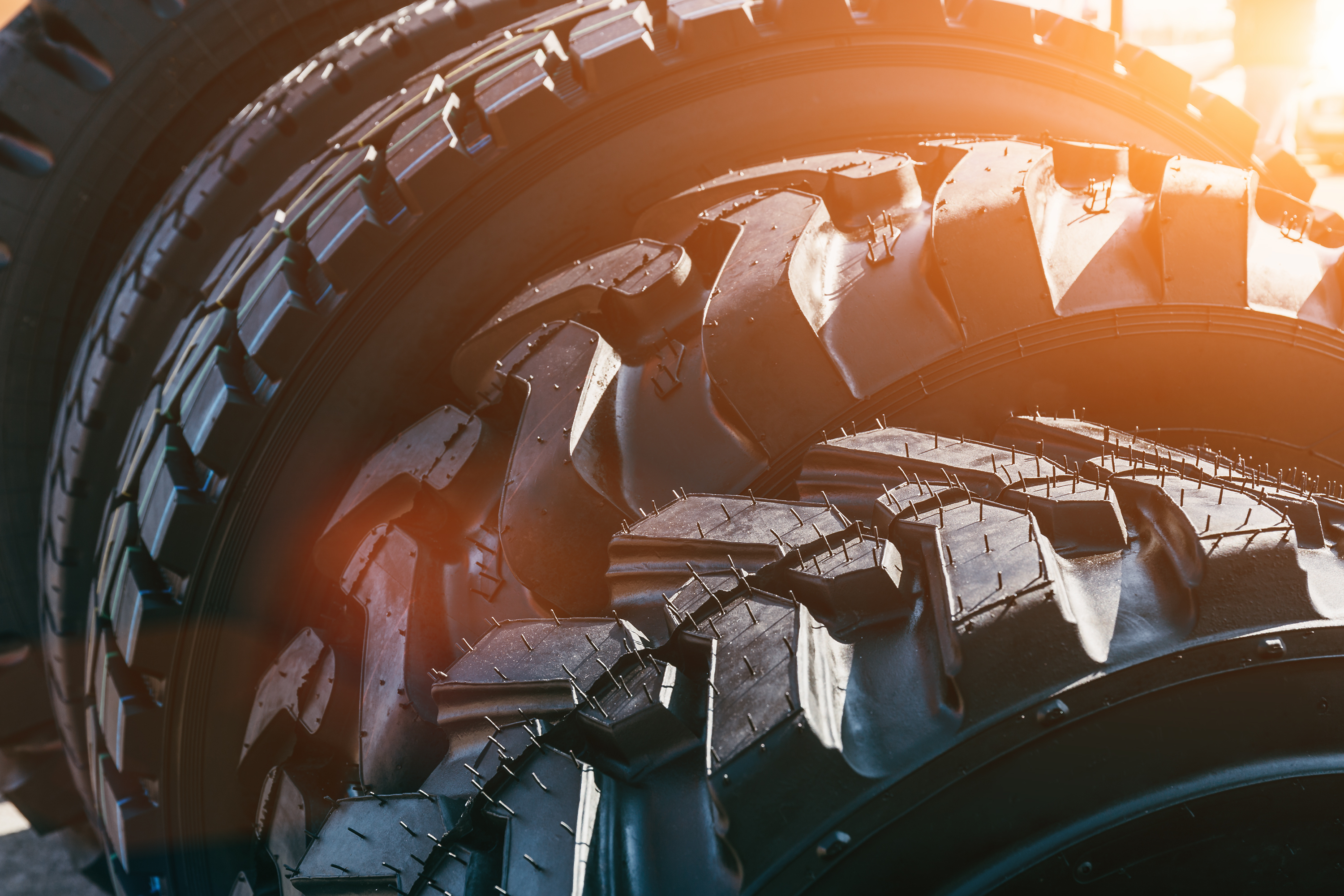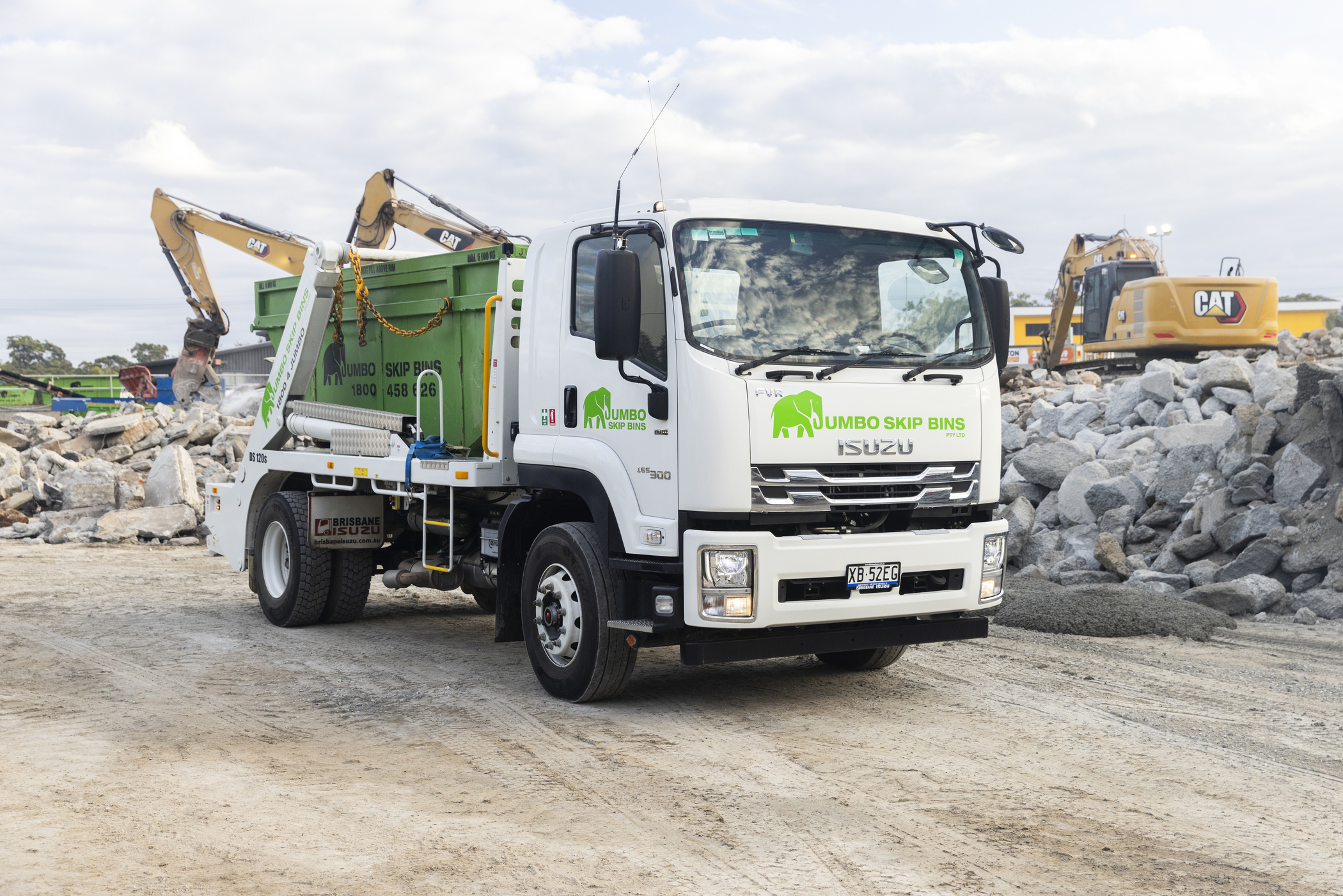DON'T BE CAUGHT OUT IN AN UNDER-BRIDGE ACCIDENT

 One of Melbourne’s most infamous landmarks, the Montague Street bridge hasn’t been far from headlines in recent months. The three metre high light rail overpass bridge, which sits on one of Melbourne’s busiest tram routes – has been hit by trucks, buses, and caravans at least 95 times in the past six years, with six incidents to date in 2016 alone. The most serious accident was in February this year when a 3.8 metre high bus wedged itself under the bridge. The 14 passengers and driver escaped with their lives, but most suffered scrapes and bruising and three serious spine injury cases were reported from the crash. As well as the trauma for passengers and passing motorists, the accident caused serious disruption to traffic and involved a major rescue operation for local emergency services. So why are Melbourne drivers continuing to drive straight into what is now one of the city’s worst black spots? Is it a case of poor signage or just bad luck and human error? The bridge isn’t short on warning signs, in fact the Montague bridge has a highly visible red and white hazard strip, larger than standard low-clearance sign, warning signs on approach, and flashing lights that are triggered by height-detection sensors. Transport authority VicRoads said that although they’d look at the bridge safety and signage again, truck drivers need to be more aware of height restrictions on their daily routes, and pay more attention to surroundings when out on the road. Along with the cost implications, it’s been a PR nightmare for the trucking industry and VicRoads. Social media has been awash with running jokes about the bridge, and the bridge itself now has its own Twitter account documenting every incident. Describing itself as “vertically challenged - just 3.0m tall! Allegedly invisible to the naked eye”, the Montague twitter handle receives regular messages of support from ‘concerned’ Melbourne residents. Like everything in the news, the general public has many opinions and aren’t scared to share them on social media, from blaming truck drivers and bridge builders, to the federal government. It’s not just Melbourne that suffers, in North Carolina USA their "truck scalping bridge" sits at just over three and a half metres and has taken the roof off at least 100 trucks. In Ireland, one unlucky driver managed to hit two bridges in just one night, causing huge train delays. A spokesperson for Irish Rail said the driver had managed to scale the “pinnacle of stupidity”.
One of Melbourne’s most infamous landmarks, the Montague Street bridge hasn’t been far from headlines in recent months. The three metre high light rail overpass bridge, which sits on one of Melbourne’s busiest tram routes – has been hit by trucks, buses, and caravans at least 95 times in the past six years, with six incidents to date in 2016 alone. The most serious accident was in February this year when a 3.8 metre high bus wedged itself under the bridge. The 14 passengers and driver escaped with their lives, but most suffered scrapes and bruising and three serious spine injury cases were reported from the crash. As well as the trauma for passengers and passing motorists, the accident caused serious disruption to traffic and involved a major rescue operation for local emergency services. So why are Melbourne drivers continuing to drive straight into what is now one of the city’s worst black spots? Is it a case of poor signage or just bad luck and human error? The bridge isn’t short on warning signs, in fact the Montague bridge has a highly visible red and white hazard strip, larger than standard low-clearance sign, warning signs on approach, and flashing lights that are triggered by height-detection sensors. Transport authority VicRoads said that although they’d look at the bridge safety and signage again, truck drivers need to be more aware of height restrictions on their daily routes, and pay more attention to surroundings when out on the road. Along with the cost implications, it’s been a PR nightmare for the trucking industry and VicRoads. Social media has been awash with running jokes about the bridge, and the bridge itself now has its own Twitter account documenting every incident. Describing itself as “vertically challenged - just 3.0m tall! Allegedly invisible to the naked eye”, the Montague twitter handle receives regular messages of support from ‘concerned’ Melbourne residents. Like everything in the news, the general public has many opinions and aren’t scared to share them on social media, from blaming truck drivers and bridge builders, to the federal government. It’s not just Melbourne that suffers, in North Carolina USA their "truck scalping bridge" sits at just over three and a half metres and has taken the roof off at least 100 trucks. In Ireland, one unlucky driver managed to hit two bridges in just one night, causing huge train delays. A spokesperson for Irish Rail said the driver had managed to scale the “pinnacle of stupidity”.
So, what’s been done for Montague Street?
There hasn’t been much in the way of action since the recent spate of incidents. Some have suggested a chain bridge be installed 200 metres before the overpass, reminding drivers of what is coming ahead. The suggested bridge would consist of a wooden beam held up by two chains and although it would leave a few scratches and dents, would not cause as much damage as the overpass. Another suggestion is that the road could be lowered, a solution that throws up a huge cost issue. The chief executive of VicRoads John Merritt said new gantries will be installed in 2016 with hanging paddles that would hit the top of a vehicle before it reached the bridge. How effective the paddles will be remains to be seen, when building starts this March. There's also debate about whether the penalties for an 'under blunder' are severe enough for drivers. In Queensland, disobeying a low clearance sign will set you back just $471 and will incur 4 demerit points on your driver's licence. In Victoria, ignoring a low clearance sign will cost you $758 and incur no demerit points, but truck companies who own vehicles involved in a bridge crash may also be charged with failing to have reasonable procedures in place to ensure drivers observe low clearance signs.
What else is contributing to the crashes?
Some in the Victorian Transport Association have blamed GPS maps, saying that non-professional drivers who rent trucks, or recreational vehicles, are following maps created for car use, that suggest the most direct route but don’t alert them to low bridges. Police have said "driver error” is to blame for the crashes, as the bridge is accurately signed. So, is this driver fatigue? Ignorance? Or lack of attention and driving on autopilot? Drivers, especially on long hauls can get complacent, tired or lose focus, so it’s important to implement strategies to keep yourself or your drivers alert. And regardless of opinions about enough signage or warning surrounding ‘black spots’ or low bridges, it’s ultimately the responsibility of the driver to ensure they can safely pass underneath the bridges, wires and trees that form part of their transport route. As a business owner, you can also play an active role in route scheduling and get yourself across the city’s blackspots. Check in with your local transport authority for information on low clearance bridges around the state. Better still, ensure your vehicles are equipped with a GPS that has been specifically designed for trucks. A decent GPS will require you to enter the height of your vehicle at the set-up stage and provide warnings whenever you are approaching a low-clearance hazard. Mobile phones are obviously another important factor when talking to your staff about keeping safe and alert on the road. Research conducted in the US in 2010 found that truck and bus drivers using their phones to surf the net, email or text were 23 times more likely than other drivers to be involved in an accident. Odds of being involved in an accident decreased significantly for drivers using hands-free mobile phones to take calls, and interestingly studies showed that talking (and even listening) on a two-way radio had the benefits of keeping truck drivers more alert and awake on the road. For more research and tips on keeping your drivers from making a costly 'under blunder', visit keepyoureyesontheroad.org.au.
**Update (9/4)**
The Age has written an interesting article about the various psychological factors contributing to the particularly high crash rate of the Montague Street ridge. They do a great overview on how things like the 'third-person effect' and the confusing placement of the warning banner contribute to the unusually high incident rate of this one bridge.


Playtime’s over, get $3,500* to spend on extras.
If you’re ready to get serious about tackling bigger jobs, grab yourself an NLR 45-150 AMT SWB Traypack from the Ready-to-Work range for $62,990 drive away*. And to prove we aren’t playing, buy any NLR Traypack before June 30 and you’ll get $3,500* to spend on genuine accessories or an Essentials service agreement.
Learn more



